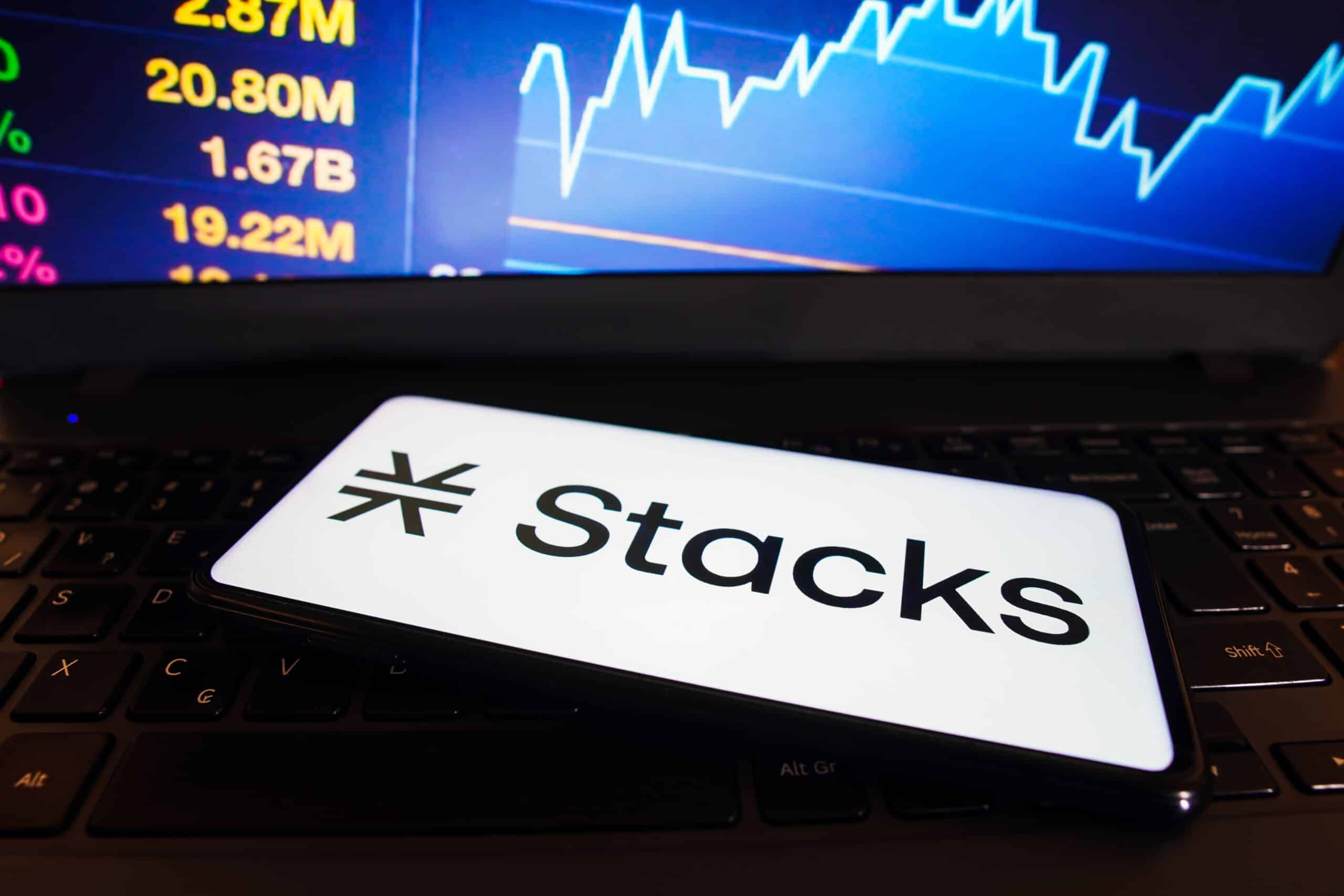The majority of the value locked in Stacks’ smart contracts comes from ALEX, an open-source decentralized exchange, according to data from DefiLlama.

The total value locked in Stacks has surged more than 400% in the past four months.
(Shutterstock)
Posted February 13, 2024 at 1:11 pm EST.
Stacks, a layer 2 protocol that enables smart contracts on Bitcoin, has reached an all-time high in the value locked on its network.
Data from onchain analytics aggregator DefiLlama shows that the total value locked (TVL) on Stacks currently stands at $70.41 million, an increase of more than 400% in the past four months.
Total value locked represents the monetary value deposited in Stack’s DeFi platforms, “generally in the form of tokens used for lending, staking, or liquidity pool participation,” per blockchain intelligence firm Artemis.
The majority of the TVL on the Bitcoin layer 2 originates from ALEX, an open-source decentralized exchange protocol for Stacks that stands for “Automated Liquidity EXchange,” according to its documents.
ALEX, which makes up over 80% of the value locked in Stacks’ smart contracts, has seen its TVL grow nearly 558% since Oct. 1 to $56.48 million at the time of publication, data from DefiLlama shows.
The growth in TVL for Stacks and ALEX comes as BTC crossed $50,000 yesterday for the first time since late 2021 as money continues to pour into spot bitcoin ETFs.
The native tokens for Stacks and ALEX have also soared in the past four months. STX started Oct.1 at 51 cents and has since increased more than 300% to $2.13, while ALEX has jumped about 520% to trade at almost 33 cents over the same period.
Read More: STX Token Soars After Billionaire Tim Draper’s Lauds the Bitcoin Layer 2 Protocol
Stacks will be undergoing a hard fork upgrade called Nakamoto, which is expected to get rolled out in about two months, said Muneeb Ali, the co-creator of Stacks, on X. The release of Nakamoto, which aims to improve transaction throughput and enhance finality guarantees for transactions, among other things, will coincide with the Bitcoin halving, an event that occurs every four years that reduces the rate at which new bitcoins are created by 50%. The next halving is expected to occur in April.
- SEO Powered Content & PR Distribution. Get Amplified Today.
- PlatoData.Network Vertical Generative Ai. Empower Yourself. Access Here.
- PlatoAiStream. Web3 Intelligence. Knowledge Amplified. Access Here.
- PlatoESG. Carbon, CleanTech, Energy, Environment, Solar, Waste Management. Access Here.
- PlatoHealth. Biotech and Clinical Trials Intelligence. Access Here.
- Source: https://unchainedcrypto.com/stacks-a-bitcoin-layer-2-protocol-sees-all-time-high-in-total-value-locked/



